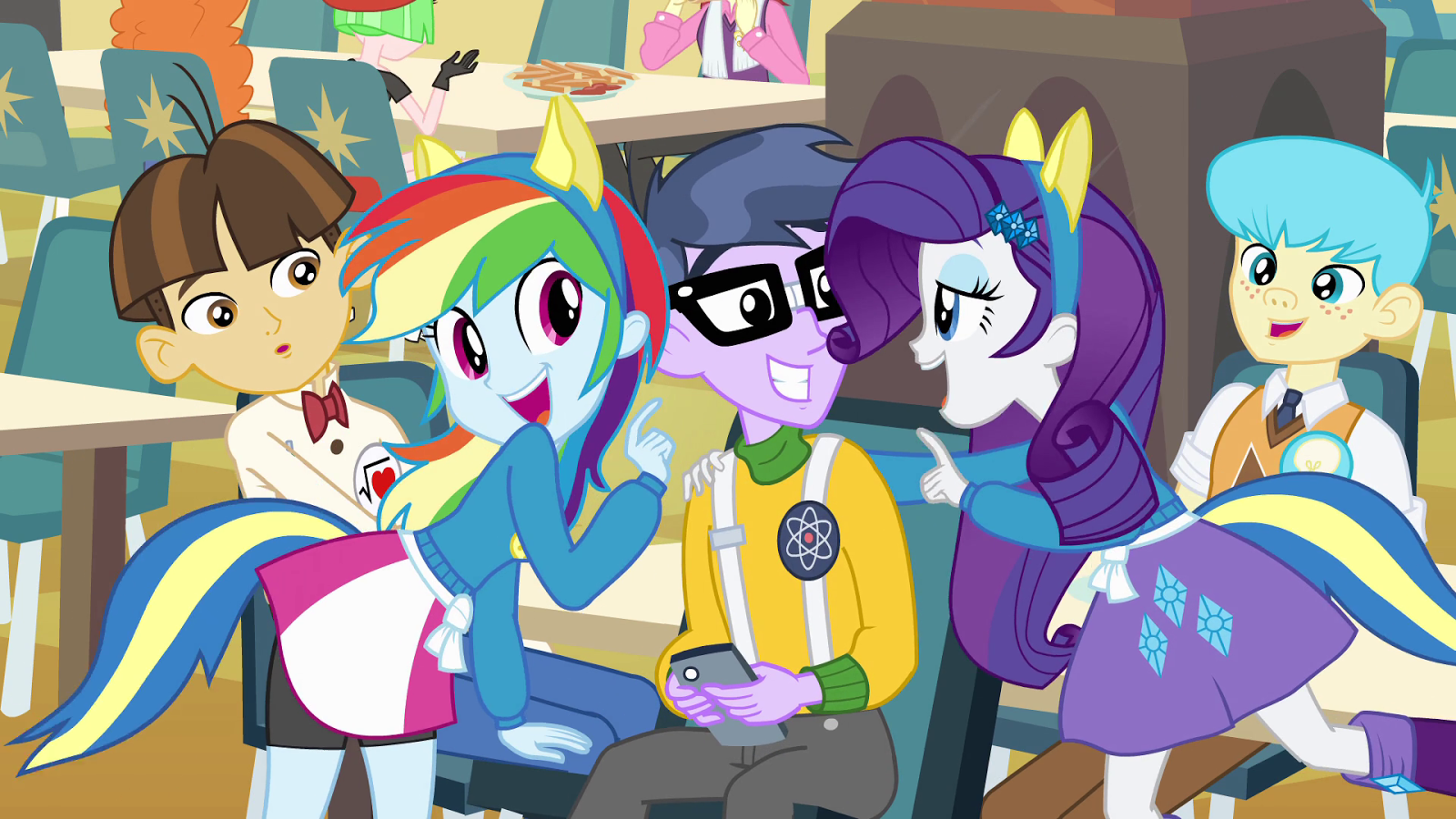 |
| This guy has a plan for every situation and readily adapts on the fly. |
I've given you lots of advice on how to build your deck. This time, let's examine some common game scenarios and what you can do to turn things around. Many of the options you can do will really have to a lot to do with how your deck is designed, because you'll constantly be planning for the future (unless you've entered the late game, in which you sometimes have to see if you can win that turn or solidify the game). In learning Chess, I was taught to evaluate the opening, midgame, and endgame. The opening is how you plan on getting your forces out of the gate immediately and start the foundation of your strategy. In the midgame, players have already claimed a problem or two, maybe even had a problem faceoff already. Troublemakers are known to extend the opening for a while if they're especially, ahem, troublesome. In the endgame, it's a race to see how you can get those bonuses quickly while preventing your opponent from doing the same. Here's some scenarios you will likely encounter.
(Please forgive the strange word coloration. Something's going on after I post links and I can't undo it without basically rewriting the whole article. It's late as it is and I have work early on Mondays. Maybe I can edit this later.)




